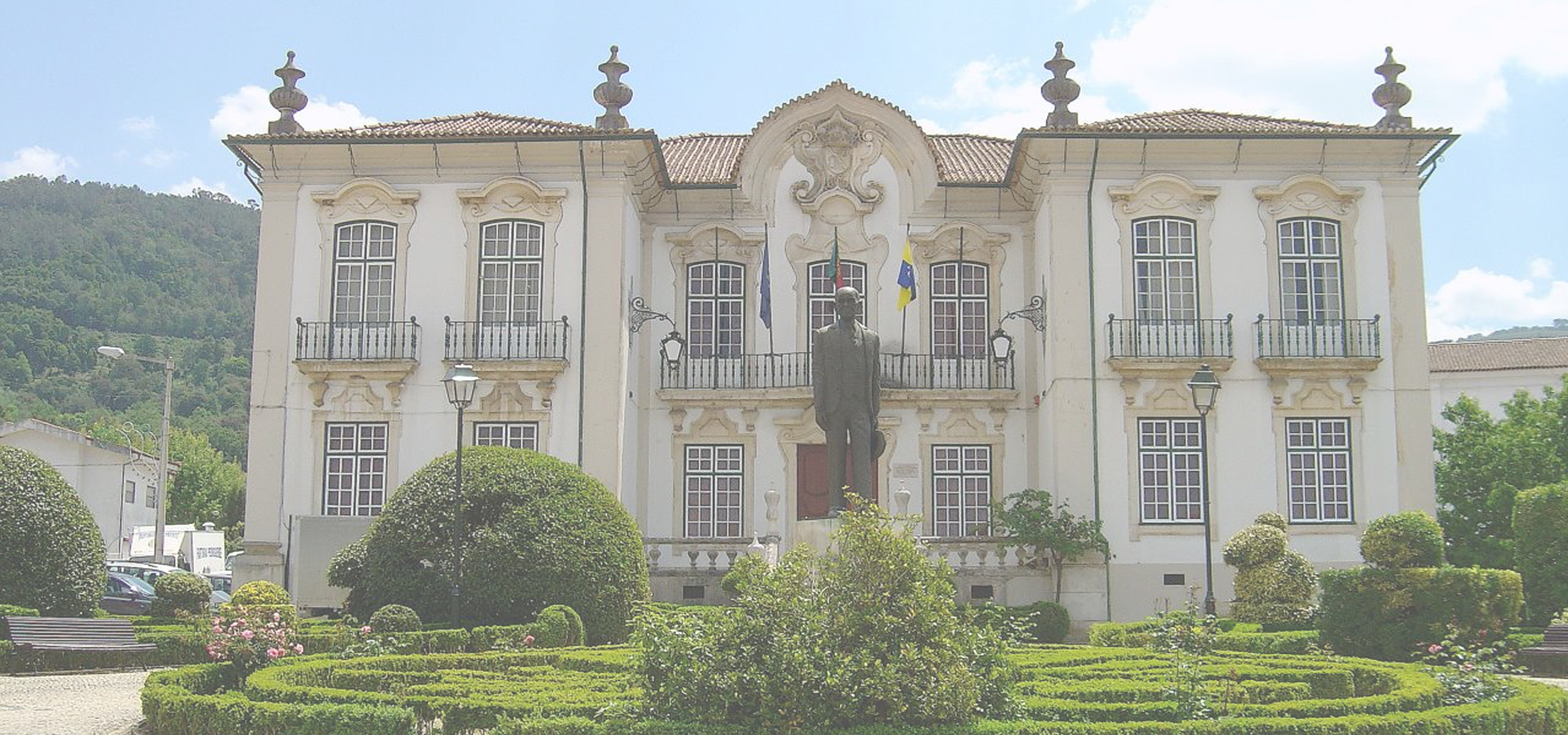Lousã, Coimbra District, Centro Region, Portugal
🇵🇹 Lousã is a town and municipality in the district of Coimbra, in the central part of Portugal.
History The oldest evidence provides an indication of a human presence in this territory from the Roman occupation of the Iberian peninsula. Examples of this include the funerary pyres, rooftops, tile, glass utensils, coins and the remains of the roadways, in various points of within the municipality, including the urban perimeter of Lousã and Serpins. In addition, in the valley and Serra de Ceira there are vestiges of important gold exploration attempts.
With the invasion of the Germanic people, Imperial Rome fragmented, and many of the colonies dispersed, resulting in a loss of information for this period. But, in 943, there was a contract between Zuleima Abaiud and the abbey Mestúlio in the Monastery of Lorvão where, for the first time, the toponymic name Arauz appeared to designate the central place in this region, near a granite wall that later became the point where the Castle of Arouce was constructed. Coimbra, at the time, was the central place in the Mozarab culture, which was rich due to its economic activity, resulting in a diffusion of settlements to the north of Portugal.
Emigration, that included immigration to Lisbon, began to Brazil at the end of the 19th century, progressing later to the United States and then Europe.
The inauguration of the railway in 1906, broke the region's isolation, which was complemented by the construction of several roadways. In 1924, the first electric lighting of the municipality was completed.
In the final decades of the 20th century, the area occupied by the town doubled, gained new territory and constructing modern neighborhoods, with primary and secondary schools, a fire station and new palace of justice. Apart from these modern facades, the old town still remains, with many of the older buildings, with their ornate windows and elaborated frames and cornices.
Geography Located in the central part of Portugal, the municipality of Lousa, is part of the old district of Coimbra, in the subregion of Pinhal Interior Norte, and limited in the north by Vila Nova de Poiares, in the east by Góis and Miranda do Corvo, and in the south by Castanheira de Pêra and Figueiró dos Vinhos, making part of the district of Leiria. This constitutes an area of approximately 138.4 square km (53.4 sq mi), of which 58.6& is forested, 17.2% in use by agriculture, 22.1% uncultivated/unused and .1% hydrographic resources, while only 2% is inhabited. Administratively, the municipality is divided into 4 civil parishes (freguesias): • Foz de Arouce e Casal de Ermio • Lousã e Vilarinho • Serpins • Gândaras.
The municipality's natural resources, and in particular the geophysical morphology of the mountainous region has shaped the human settlement and assisted some economic growth in the last centuries.
The regions demographic viability has primarily been shaped by its distance from Coimbra, and owing to its location along the Estrada Nacional 17, known as the Estrada da Beira, benefited from its connectivity from other municipalities and economic centres (including the Coimbra-Guarda axis). On the other hand, its evolution is also linked to the principal agglomerated areas of the sub-regions of the Baixo Mondego region, including Coimbra-Figueira da Foz, and the Pinhal Litoral, such as the Pombal-Leiria corridor. These relationships provide some explanation for some of the municipalities growth.
Many of its residents commute to the city of Coimbra for work, shopping or attend schools, including the Coimbra University or hospital. The train service between Coimbra and Lousã has been interrupted in 2010. It was supposed to be replaced by a modern metro service, but the renovation was stopped due to the economic crisis and the bankruptcy of the company created to administer the new service.
Economy Economically, the region's growth has been based on transformative industries in the secondary and tertiary sectors of the economy. The decline in agricultural activities, which was always based on local consumption, is seen therefore as a realignment of activities toward forestry. Further, economic activities that have brought growth, have been associated with secondary activities such as the pulp and paper industry and electronics, as well as the manufacture/processing of olive oil, wine and liqueurs. Tertiary activities have maintained a supporting role, although tourism has developed into a strong growth industry, visiters attracted by the Serra da Lousã and the curious Aldeias de Xisto (villages of schist), along with other local patrimony and natural resources.
Architecture In addition to the natural wonder of the Serra da Lousã mountains and natural pools in the hills, the municipality has a rich patrimonial and architectural history in the many manors, religious temples and military outposts that dot the landscape
Lousã, Coimbra District, Centro Region, Portugal

🇵🇹 Figueira da Foz 40.151
Locations Near: Lousã -8.25,40.1167
🇵🇹 Coimbra -8.429,40.212 d: 18.5
🇵🇹 Figueira -8.85,40.15 d: 51.1
🇵🇹 Figueira da Foz -8.851,40.151 d: 51.3
🇵🇹 Viseu -7.915,40.657 d: 66.5
🇵🇹 Aveiro -8.65,40.633 d: 66.7
🇵🇹 Leiria -8.812,39.744 d: 63.4
🇵🇹 Oliveira de Azeméis -8.476,40.84 d: 82.7
🇵🇹 Covilhã -7.5,40.283 d: 66.3
🇵🇹 Castelo Branco -7.492,39.822 d: 72.4
Antipodal to: Lousã 171.75,-40.117
🇳🇿 Richmond 173.183,-41.333 d: 19833.8
🇳🇿 Nelson 173.284,-41.269 d: 19833
🇳🇿 Stratford 174.283,-39.333 d: 19781.6
🇳🇿 Wellington 174.767,-41.283 d: 19729.6
🇳🇿 Porirua 174.84,-41.131 d: 19731
🇳🇿 Whanganui 175.05,-39.932 d: 19733.4
🇳🇿 Hutt 174.917,-41.217 d: 19721.3
🇳🇿 Lower Hutt 174.917,-41.217 d: 19721.3
🇳🇿 Canterbury 171.58,-43.543 d: 19633.8
🇳🇿 Upper Hutt 175.05,-41.133 d: 19714.5